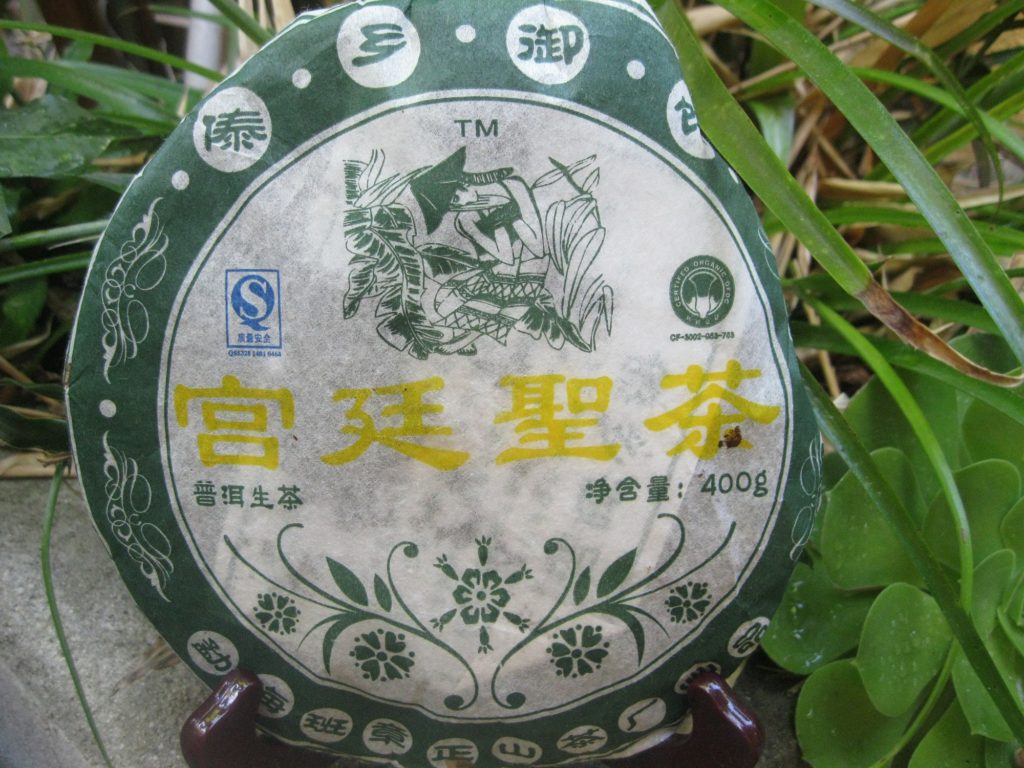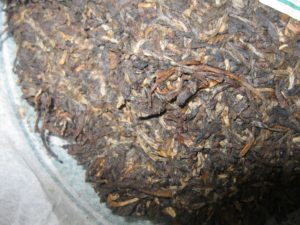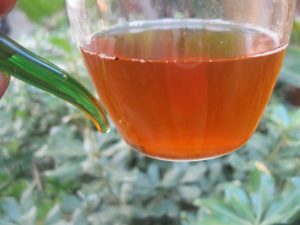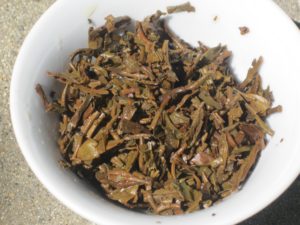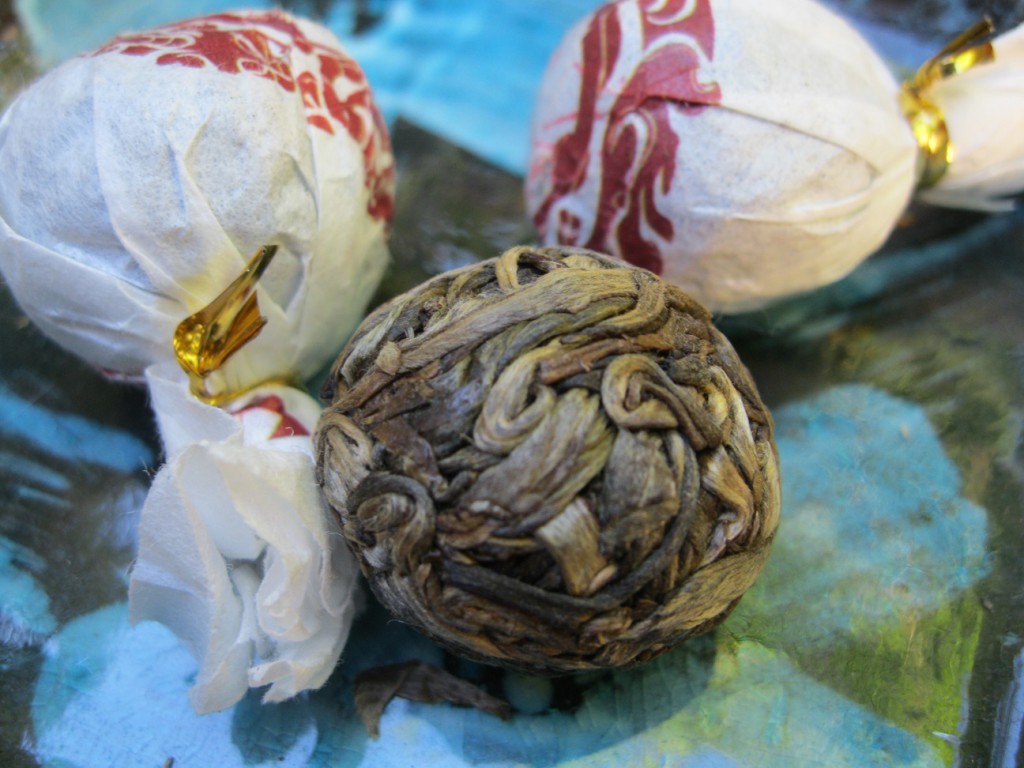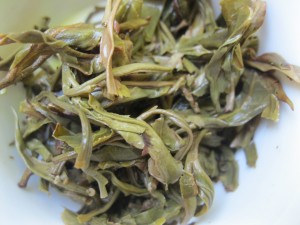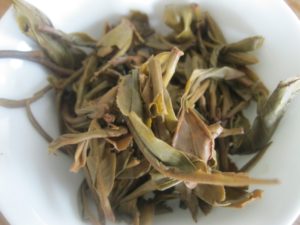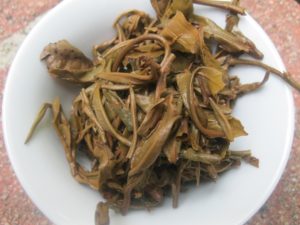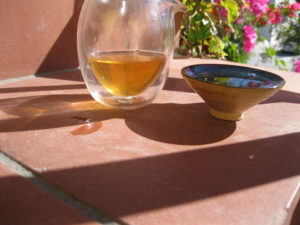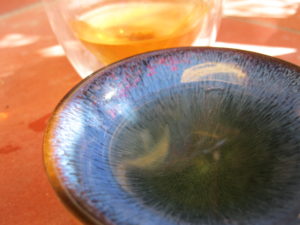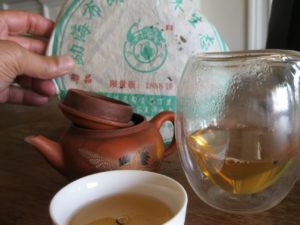Gongting Sheng Puerh?
I picked up this ’08 Gongting Sheng puerh back in ’17 when in Kunming, even though I’d never heard of gongting sheng. “Gongting” translates into “palace” and is a designation for the smallest leaf size and highest grade (ostensibly) of ripe puerhs. This is the second organic production I’ve encountered from this no-name factory that I’ve been following since the time that I started my puerh project. I wrote something about a 250g tuo of theirs that I’ve been sitting on since about ’15.
Until the spring of this year, ’19, the Gongting sheng puerh was simply not ready. I’d been baby storing it in conditions between 60-73% rh with temps ranging from 13-25c based purely on conditions here in the heart of Los Angeles. The conditions proved sufficient to allow it to transform into it next stage, seemingly forgoing the awkward teenage years characterized by a displeasing measure of sourness.
Puerh Transformation
There’s much to be said for mid-aged puerh that gets the austere treatment of Kunming before landing in the impressive conditions of coastal SoCal. To be honest, tasting puerhs in Kunming is by and large a gut-wrenching experience– literally. Even the older productions are too dry get beyond the astringency. The thing is however, that these conditions do a great job of preserving the essential personality of the tea itself, which when livened up with humidity is still present. I’m noticing that with wet-stored productions these essential elements are cooked out of the cake, making the predominating taste essentially that of dirt, not bad dirt but dirt nonetheless.
The Gongting has all of its complexity. As it has transformed, it is quite evident that it is comprised of superior raw material. There are tastes of root beer, toasted honey, Chinese licorice, fennel, melon, and explosive camphor. There’s some bitterness in there as well.
One thing possibly related to transformation, or the lack thereof, is just how murky this puerh cake is. . .
I think the murkiness might relate to a stage. In the case of ripe puerhs, murkiness often indicates that the microbes and enzymes responsible for transforming the production have not finished eating. It’s possible that the same logic applies to some raws.
Puerh Class
Our ’08 Gongting puerh cake is decidedly in the Root Beer class. For the next few years the camphor and root beer will only get stronger. It seems as though the ’08 and ’07 cakes are starting to come into their own. I also wonder how much the leaf size and the chopping factors into this progression.
The appearance of these cashed leaves greatly resembles the cashed material of the ’07 Beijing Olympics, which I also recently reviewed. The Gongting, however, is not nearly as tightly pressed as the Beijing Olympics, however.

